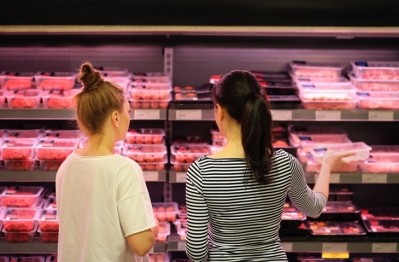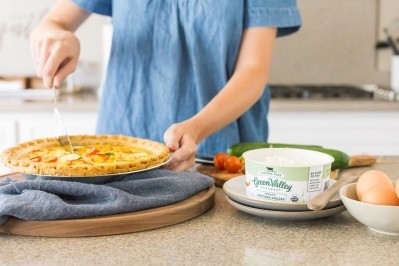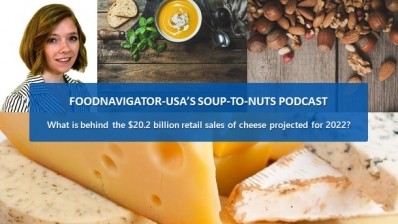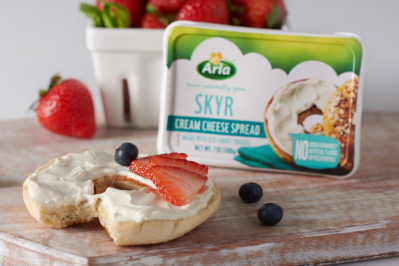Cacique preserves authenticity as it expands with a ‘make it better, not cheaper’ mentality
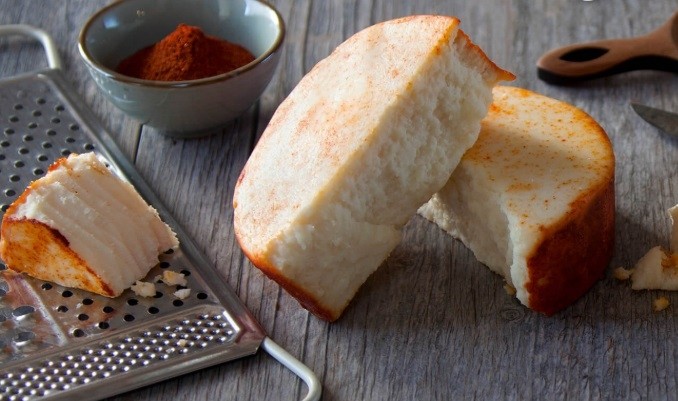
Gil de Cardenas explained to FoodNavigator-USA that when his father founded Cacique in the early 1970s as an authentic Hispanic cheese brand that later expanded to cream, yogurt and chorizo, he did so with a dedication to make high quality products.
Initially, de Cardenas’ father and mother made the company’s original queso fresco and other products by hand, sometimes with the help of their school-aged children, and delivered it unit by unit out of the back of the family car, de Cardenas said. As demand increased, the company quickly outgrew its first and second plants before moving to its current facility in 1985, which has since been remodeled three times to become a “highly automated and very sophisticated facility” that is needed to meet demand.
Through each iteration though, de Cardenas’ said his father held fast to a “make it better, not cheaper mentality” that he says remained a cornerstone of the business when he took over the company.
“We still keep the same approach of making it better, not cheaper. Quality is what we stand for and I don’t see that changing any time soon,” he said. But, he added, staying true to the company’s origin and creating authentic products does not mean it cannot evolve how it makes its category leading cheeses and sausages.
“You can be authentic and still have cutting-edge technology,” he said. “I would consider us artisanal because we are very much a family oriented company that does really hold its values in its hand, and believes in them, as well as applies technology to get there.”
In fact, he noted, using cutting-edge technology is what allows Cacique to compete against much larger companies because it has afforded it the speed with which to efficiently distribute to 25,000 retail locations nationwide.
“As the company continues to grow, you still have to be able to compete. You can’t do things the same way over and over again, or else you will just start bashing your head against the wall” trying to keep up with demand, he explained.
The secret to balancing evolution and remaining true to your roots, de Cardenas said, “is to make sure someone in the room always asks the question: How does this change us? Is this a good thing or a bad thing? Yes, we will get more efficient and have more speed, but does it change the product or the foundation of the company?”
For de Cardenas, if the answer is yes or “takes us down a path that doesn’t fit who we are, then we opt not to go that route.”
But for the most part, he added, “technology is our friend.”
Expanding appeal to second-generation immigrants and mainstream shoppers
de Cardenas’ approach to evolution while remaining true to Cacique’s roots also has helped the company expand its consumer appeal without alienating those who supported the business when it first began.
He explained that when the company first began it appealed to first generation Hispanic immigrants who were missing a taste of home. At that time, multiple generations often lived in a single home – meaning there was usually someone around to prepare meals from scratch and they wanted the ingredients with which they were familiar, such as queso fresco.
But since then, de Cardenas said, a lot has changed and to stay relevant to younger shoppers the brand has had to change, too.
“Most households now are no longer three-generational. They are two-generational and even within those two, some of those kids have grown up and started their own households, so that has created a different trend of how do you look at household penetration, how do you look at people per home and purchasing power per home,” he explained.
In addition to smaller households, he noted, US born Mexican consumers “have the largest propensity to marry outside their culture. That means even if they grew up eating Mexican food every night, seven days a week, that might no longer be the case because now they have a husband or wife that has a different culture and they have to accommodate each other. In addition, they are probably both working so no one is necessarily home to make meals all day long.”
As a result, younger consumers are taking a more fusion-based approach to cooking and looking for faster, more convenient solutions.
In response, Cacique has evolved its recipes to be easier to make, incorporate elements of other cultures and to offer just finishing touches, de Cardenas said. An example of this is the company’s [Re] Generation series on its website, which follows restauranteurs and chefs who are preserving the authenticity of their family’s recipes but using innovative techniques that appeal to modern consumers.
At the same time that Cacique is appealing to second and third generations of immigrant families, it wants to introduce its products and culture to mainstream America, which it is doing in part with a partnership with celebrity chefs on the Food Network.
Navigating both paths simultaneously is “a lot of work,” de Cardenas admits, but he says it allows the company to create a high quality experience for the consumer that keeps them coming back and keeps them inviting back Cacique to their dinner tables.
